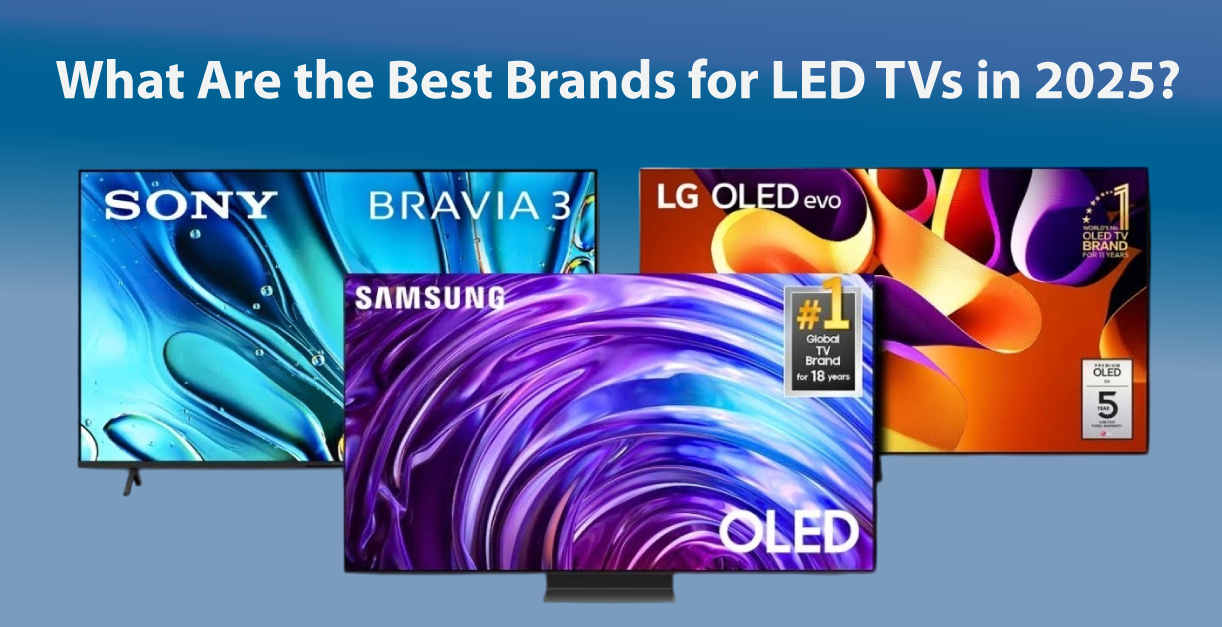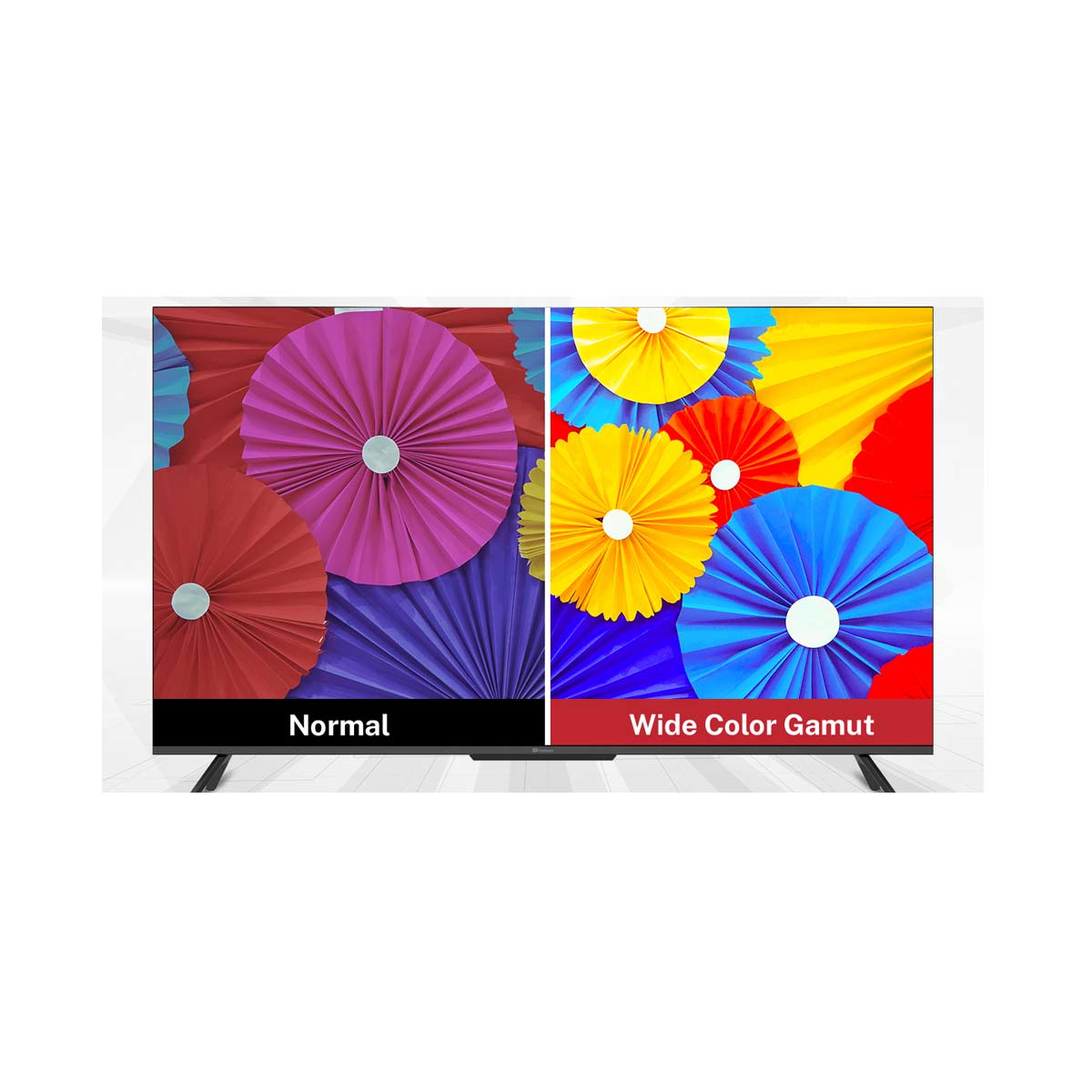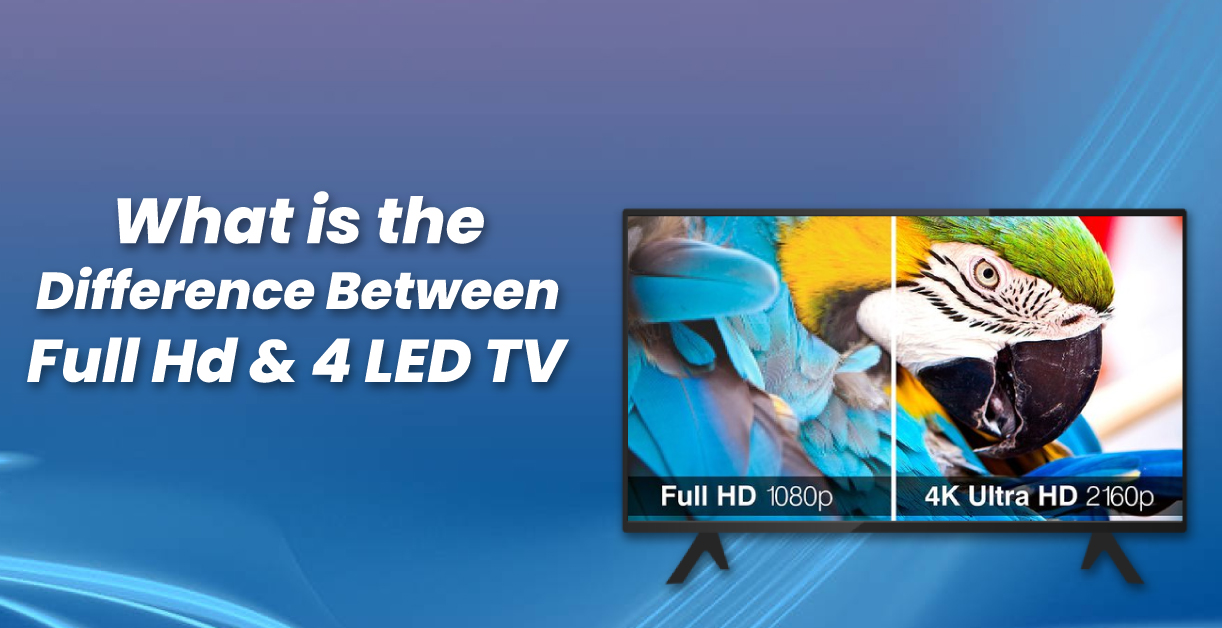UHD and 4K have become synonymous with ultra-high definition televisions, with manufacturers even using the terms interchangeably. However, there are some distinct differences between these two high-definition options that AV fans and casual consumers should be aware of. Do you know the difference between UHD and 4K? Do you know the answer to the question “What is UHD?”
If you’re still scratching your head, you’ve come to the right place. At Lahore Centre, we’re determined to make the AV world more accessible. That’s why we’ve written this complete guide to UHD vs. 4K.
In this article, we explain what UHD resolution means and briefly explain 4K resolution. We also explain the key differences between the two resolutions and why consumers need to make a choice. We also provide an overview of the costs and availability of UHD and 4K content on streaming platforms.
What is UHD resolution?
UHD stands for Ultra High Definition resolution. UHD is the official name for the screen resolution of 3840x2160p, which is four times that of HD (currently 1920x1080p) and offers higher picture quality and a more immersive viewing experience.
You may recognise UHD from TV commercials – that’s because many modern TVs are now equipped with UHD features that allow you to watch and consume content in ultra-high resolution.
UHD also has a different aspect ratio to 4K and HD, as most sets now have an aspect ratio of 1.78:1.
Why UHD is sometimes referred to as 4K?
There are many reasons for this, and one of the main reasons why UHD is sometimes referred to as 4K is for marketing purposes. Most of the time, consumers pick up what they think is a 4K UHD TV because they are essentially very similar. However, consumers do not realise that the two terms refer to different digital industries.
The second reason why UHD is lumped together with 4K is simplicity. It’s much easier for advertisers and manufacturers to simply say that a device is 4K compatible than to point out the complexity of UHD and 4K. Although this may seem strange, the two resolutions are identical in the display market, so it makes sense.
What does 4K mean?
Now that you know what UHD is, let’s talk about what 4K means. Simply put, 4K means a TV with 4,000 pixels on the horizontal display surface. The current 4K resolution for the consumer market is 3480x2160p, which is probably what you’ll be using. However, the film projection industry uses 4096x2160p.
The “K” in 4K stands for “kilo” or “thousand.”
In modern media, the term 4K is often used to describe exceptionally high-quality screens and compatible devices such as game consoles. Streaming services also use 4K, as many platforms offer customers a 4K experience.
What is the difference between UHD resolution and 4K?
What is the difference between them and why are they used interchangeably? The difference between UHD and 4K is not really that big. The reason these terms are different depends entirely on the market.
4K and UHD refer to different resolutions for vertical markets. For the display market, which includes standard desktops, televisions, and video walls, UHD and 4K are the exact same resolution, 3840x2160p. However, for the digital cinema market, 4K refers to a completely different resolution, currently 4096×2160. This is 256 pixels wider than the UHD option for that market.
Digital cinema needs to differentiate between these options due to the difference in projectors. 4K in digital cinema must be applied to both flat and wide (1.85:1 and 2.39:1) aspect ratios. The reason for this is that the pixel resolution is different for flat and scope aspect ratios. The flat resolution is 3996×2160 and the scope resolution is 4096×1716.
How should you choose, UHD or 4K and how important is it to the consumer?
Quite simply, it doesn’t matter to the consumer for several reasons. Firstly, for the digital market, UHD and 4K are the same resolution, so it’s a matter of whether you choose a 4K TV or a UHD TV, and vice versa. The key difference between the two resolutions only applies to the film industry. It’s best to let directors and producers worry about the difference between UHD and 4K.
What matters to consumers is the availability of content. Major streaming platforms such as Netflix, Amazon Prime Video, and Hulu all offer content in 4K, but content in 4K may be limited. This doesn’t mean you can’t watch other content in lower resolutions, it just means that you may not always have access to a 4K experience.
What do you prefer to watch, UHD or 4K?
In the digital marketplace, you will consume the same amount of UHD and 4K content because they are about the same thing. In terms of content availability, this gets a little trickier. While a significant portion of consumers in the U.S. alone have 4K-compatible TVs, not all streaming or satellite TVs support 4K.
This is due to a number of factors, including price and data usage. To stream 4K content, users need a superfast broadband connection, which takes up a lot of bandwidth. Not all users will have access, so content may be limited.
Streaming platforms that support UHD and 4K:
Some streaming platforms may also require you to pay extra to watch 4K content. Netflix, for example, charges extra for its Premium plan to access UHD or 4K content. Here are some platforms and devices that currently support 4K and UHD streaming:
- YouTube
- Amazon Prime Video
- HBO
- Netflix
- Ultra HD Blu-ray
How much do UHD and 4K cost?
The price of a UHD or 4K TV depends on the brand you choose, the size of your TV, and the cost of other technologies needed to stream 4K or UHD content. These technologies include UHD-compatible HDMI cables and a suitable Wi-Fi connection for a fast broadband connection.
You may also need to pay for additional services, such as a premium subscription, to access 4K content. UHD 4K TVs can be bought for as little, although these TVs usually have smaller screens, such as 50 inches or less, and lesser-known brands.
Some of the more expensive 4K TVs can cost thousands, depending on size, specifications and additional features such as integration with digital assistants like Google Assistant. But you need not to worry Lahore Centre offers the best 4K LED TV price in Lahore. You can also buy it in easy installment plans.
Final considerations
In conclusion, the only significant difference between UHD and 4K is the market difference. So unless you regularly shoot films, you can rest assured that you are investing in a high quality product whether you choose a UHD or 4K TV. If you’re looking for 4K or UHD compatible technology to enhance your video wall project, then choose Lahore Centre.
We offer a range of 4K UHD compatible video wall processors and controllers to help you deliver a high-quality immersive experience to your audience. Take a look at our range today by visiting our site: lahorecentre.com and take your project to the next level, or contact us today for more information.







